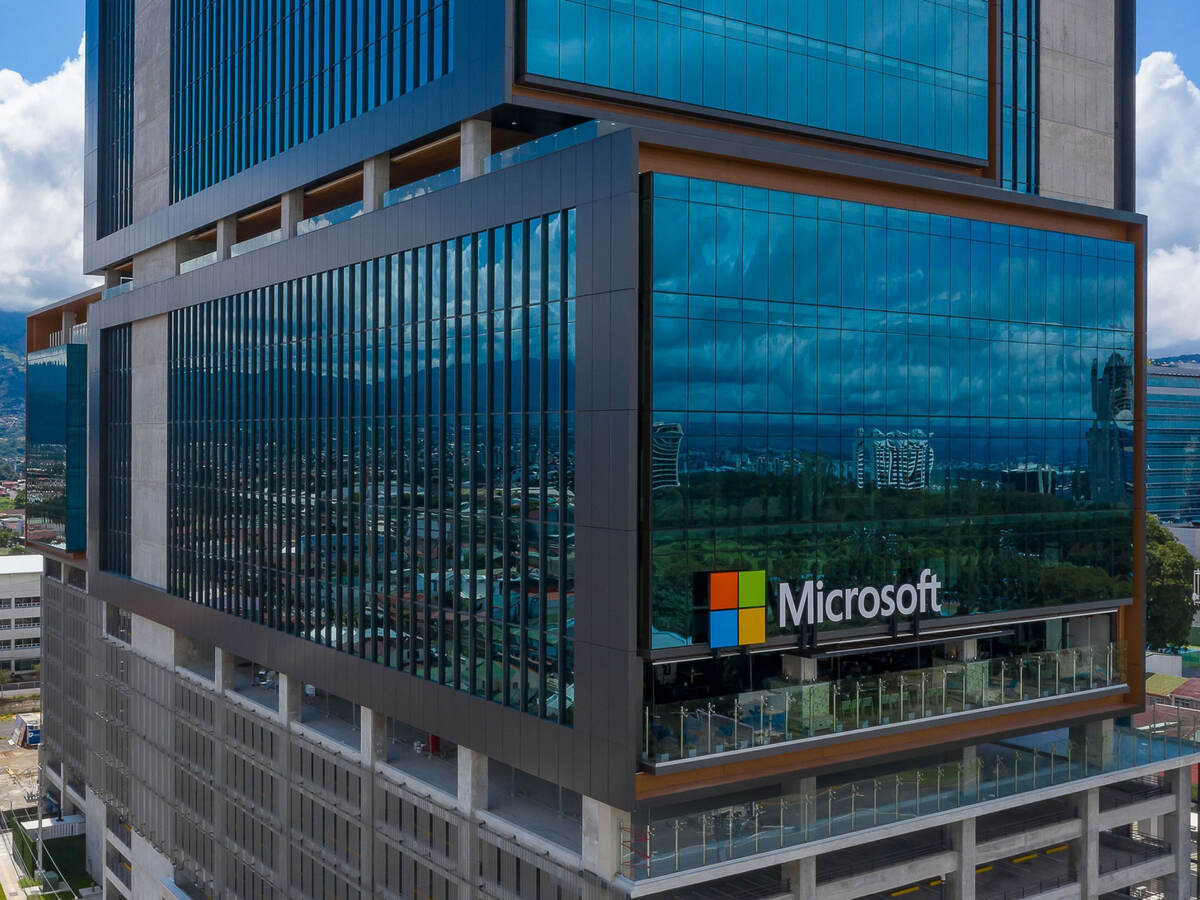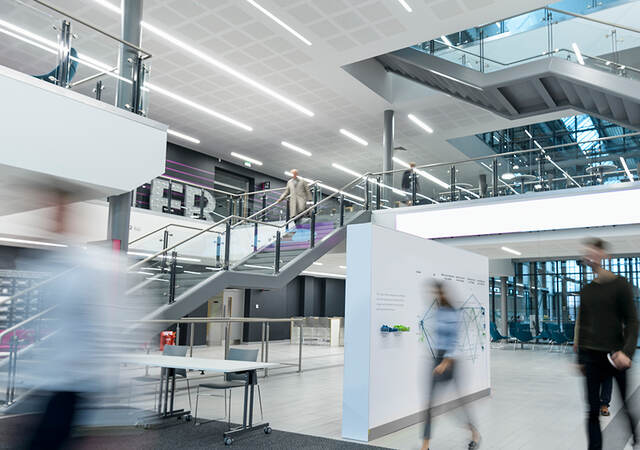UL Solutions, a global leader in applied safety science, today announced that multiple buildings across Microsoft’s corporate campuses in Redmond, Washington, as well as in San José, Costa Rica, Dublin, Ireland, and Hyderabad, India, have each received UL Verified SPIRE Smart Buildings™ Ratings. The rating for each building is based on the SPIRE Smart Building Assessment™, a comprehensive evaluation for smart buildings that results in an overall UL Verified SPIRE Smart Buildings™ Rating.
The assessment and rating come at a time when the need for organizations to accelerate their digital transformation in real estate has never been more critical. By becoming the first organization to earn the UL Verified SPIRE Smart Buildings™ Rating in multiple countries, Microsoft has taken a significant step in validating its commitment to becoming a global leader in smart building innovation. The assessment gave Microsoft vital insights into smart building performance, further demonstrating a commitment to the health and well-being of its occupants.
An assessment and rating program for smart buildings
UL Solutions created the SPIRE Smart Buildings™ program, the world's first comprehensive and objective assessment and rating program for smart buildings, in partnership with over 60 industry leaders.
Sudhi Sinha, vice president of Ecosystems and Service Development group at UL Solutions, explained, "Buildings are complex ecosystems to manage, often with multiple priorities. By assessing, validating and rating key building elements that take into consideration the entirety of a smart building, the UL Verified SPIRE Smart Buildings™ Rating supports Microsoft's commitment to building performance and asset value. We thank them for putting their trust in UL Solutions to deliver on that promise."
Ryan Piaskowski, business development leader at UL Solutions, added, "Microsoft wants people to come back to the office, but they recognize that the office is competing with people's homes. They understand that in order for buildings to provide the maximum level of productivity and engagement, office technology must look and feel like what their staff are used to in their own homes.”
Benchmarking smart building performance
The Microsoft facilities received a rating following an in-depth, on-site assessment and virtual engagements performed by UL Solutions. The assessment included evaluations of facilities’ technologies and processes, focusing on six key, industry-driven building criteria that define the full scope of smart building performance.
The program gave Microsoft a platform to assess its operations, performance and connected technologies within each building. In doing so, the corporation was better able to deliver insights, benchmark progress and roll out road maps to help lower costs, mitigate risks, create brand differentiation and enhance overall asset value.
The assessment involved a detailed analysis of Microsoft's buildings on multiple factors, including occupant engagement in building technology and experience innovation, a continuous cycle of planned technology upgrades, and physical security of critical networks and building assets.
Demonstrating smart building sustainability, safety and security
UL Solutions assessors also rated Microsoft's performance in meeting sustainability commitments, providing flexible and rich reporting from connected building systems, building lifecycle and operational management, ongoing maintenance, support, and awareness of IT networks and enterprise cybersecurity practices and policies.
The assessment resulted in Microsoft's two facilities in the USA and facilities in Costa Rica, Ireland and India, each receiving a three-star rating, the highest performing building rating to date.
Each facility was awarded a plaque and its own performance score, based on the six criteria of the SPIRE™ framework. Microsoft's facilities in Costa Rica, Ireland and India have become the world's first in Central America, Europe and South Asia, respectively, to achieve a SPIRE™ rating.
Microsoft achieved these ratings at a time when corporations have been evaluating their smart buildings’ needs in the face of new and evolving influences. The decarbonization of physical assets, alignment of business and building missions, experiences and productivity of occupants, concerns over cybersecurity and the introduction into the built environment of artificial intelligence, image perception and robotics are hot topics for many organizations seeking to get people back into the office safely and sustainably.
"This is not a tick-box exercise," added Piaskowski. "The SPIRE Smart Building Assessment™ is a comprehensive, objective and detailed assessment designed to harness industry-leading technology to create facilities that are critical to driving your organization's mission and enable innovation."
Once assessments are completed, an immediate snapshot of the building's performance becomes readily available before a more detailed analysis is created with an in-depth on-site assessment completed by assessors from UL Solutions. End users, such as Microsoft, can use the assessment to inform decisions on return on investment, tenant relations, asset performance, compliance with environmental and safety standards, and the comfort and security of everyone who uses the building.
A proactive approach to smart building performance and sustainability
Upon completion of the assessment, UL Solutions has provided Microsoft with access to an online dashboard and comprehensive verification report, which provides insights into where Microsoft is best in class, recommendations on how to make improvements where required, mitigate against any identified risks, and explain how to further leverage technology investments.
Piaskowski said the criteria for the assessments are continually updated. After each assessment, the information gained is shared and reviewed, and the impact and outcomes from the recommendations are measured. The rating is valid for two years to allow the criteria to be updated, and a re-assessment can be performed to account for areas of change within the building against updated criteria.
Piaskowski explained: "Even if, for example, the report provided a recommendation to deploy a paper management program, this would still need to be updated, reviewed and continuously improved. This could, for instance, lead to discussions about leak detection or an energy optimization suite."
The program was originally conceived to drive up industry standards and create a benchmark for assessing smart building criteria. The SPIRE Smart Buildings™ program includes assessment criteria input from a TIA industry working group of more than 60 leading commercial real estate, real estate investment trust (REIT), asset management, technology and telecommunications industry leaders.
Get connected with our sales team
Thanks for your interest in our products and services. Let's collect some information so we can connect you with the right person.




